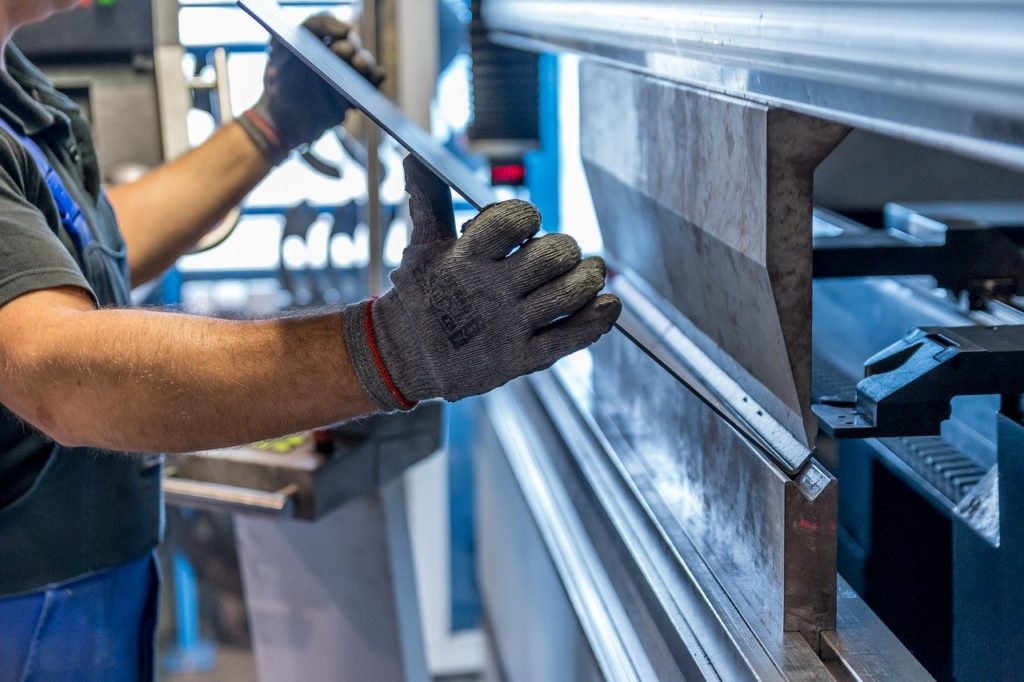
Robots can’t get sick; that’s one reason automation has intensified so much over the past year. But can robots, work surfaces, and other machinery spread the virus?
The virus can survive on metal
Researchers have found that the COVID-19 virus can remain viable on stainless steel surfaces for three days.
Factories must therefore make sure that all surfaces are disinfected regularly. Gloves, hand sanitizers, and disinfectants are key to success. Sanitization of surfaces should take place every time workers move from one machine to another.
Some factories have instituted regular disinfection breaks. Many are cracking down on disinfection routines. Some factories have a regularly scheduled shut down to fully clean and disinfect the facility.
It’s essential to keep the staff who are working with disinfectants safe, too. Make sure the area is well ventilated and provide personal protective gear for all cleaners.
Disinfecting robots can also help keep machinery and other surfaces safe.
It’s mostly not the machinery
A worker could cough on his hands and touch a machine. Another worker could come along and touch the machine in the same spot, picking up the virus. She could touch her eyes, transferring the virus to her system and catching it.
This is possible. But it’s not the way people usually catch COVID-19. Shuttles bringing workers to the factory, eight or 12 hour shifts near other workers, and time relaxing together in groups in the breakroom are all much more likely to transmit the coronavirus than a machine.
Disinfecting surfaces is an important precaution, but it’s more important to keep people safe from one another.
Read CDC guidance on cleaning your facility.
Read CDC guidance for manufacturers.
